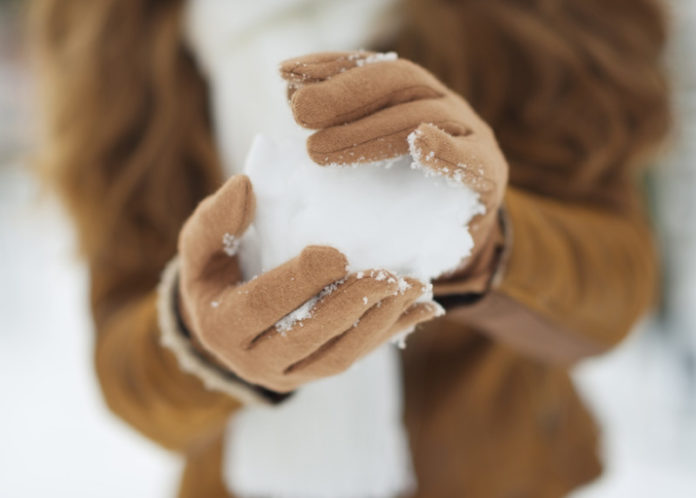
The roles that white fat and brown fat play in metabolism is well documented, but new research published in the January 2015 issue of the FASEB Journal presents a new wrinkle: each type of fat may change into the other, depending on the temperature. In particular, cold temperatures may encourage “unhealthy” white fat to change into “healthy” brown fat.
“Fat cells can adopt a range of metabolic phenotypes, depending on physiological conditions and location in the body,” said James G. Granneman, Ph.D., a researcher involved in the work from the Center for Integrative Metabolic and Endocrine Research at the Wayne State University School of Medicine in Detroit, MI. “Our long-term goal is to harness this cellular and metabolic flexibility for the treatment of metabolic disorders linked to dysfunctional fat, such as type 2 diabetes.”
Scientists used techniques that allowed them to tag specific cell populations (undifferentiated progenitors or differentiated adipocytes) in mice before exposure to cold. Mice were then exposed to mild cold stress, and researchers traced whether these cells became brown adipocytes in various adipose tissues in the body. Results suggested that in classic brown adipose tissue, tagged progenitors divide and become new brown adipocytes. This process required neural activation of the tissue and was mediated by a specific receptor subtype. In contrast, the vast majority of brown adipocytes that appear in white adipose tissue were tagged previously with a marker of mature fat cells. The study indicated that about 30 percent of cells that appear to be white adipocytes before cold stress can rapidly turn on the brown adipocyte program following cold stress.
“If you want to rev up your metabolism, don’t throw out your winter coat just yet,” said Gerald Weissmann, M.D., Editor-in-Chief of the FASEB Journal. “We still need know if this holds true in humans. What’s more, the important part of this research is that one type of fat can change to another, and that cold triggers cellular mechanisms that lead to the formation of more brown fat. The ‘switch’ that controls what type of fat is created may be a promising drug target for a variety of obesity-related illnesses.”
Story Source:
The above story is based on materials provided by Federation of American Societies for Experimental Biology. Note: Materials may be edited for content and length.
Journal Reference:
- Y.-H. Lee, A. P. Petkova, A. A. Konkar, J. G. Granneman. Cellular origins of cold-induced brown adipocytes in adult mice. The FASEB Journal, 2014; DOI: 10.1096/fj.14-263038
